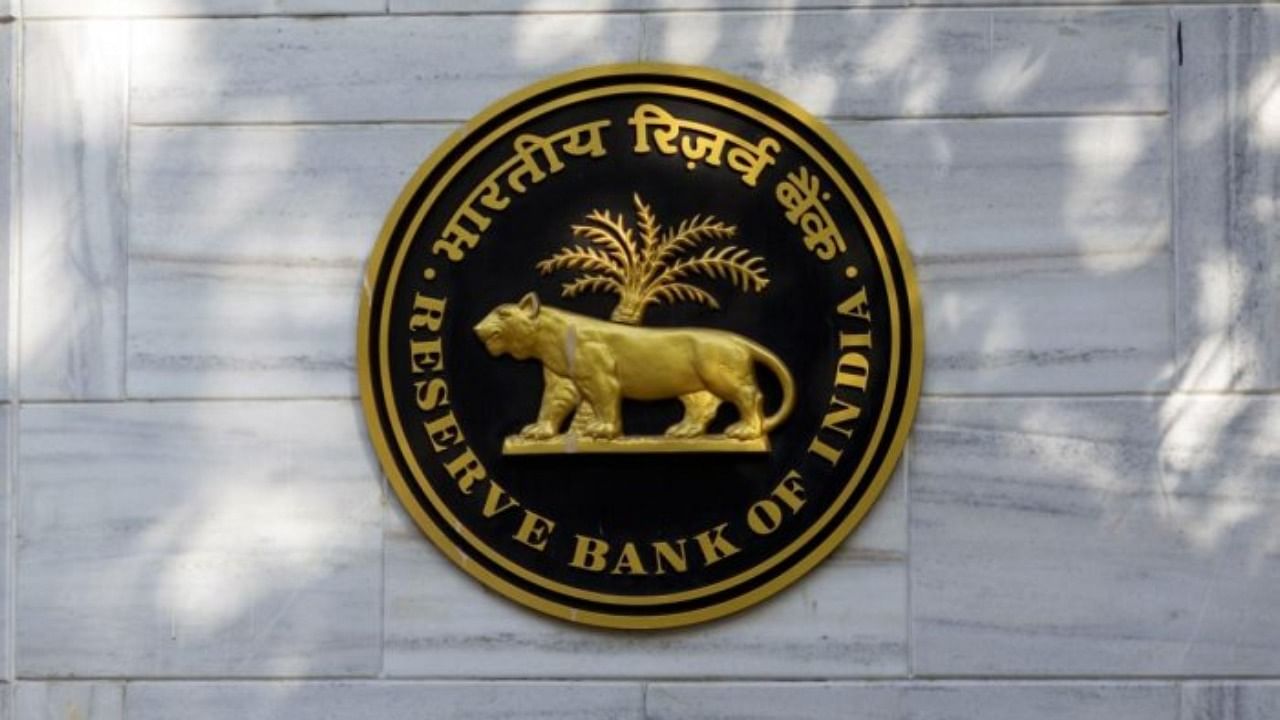
While there are signs of green shoots in the economy, though the recovery is still uneven, there is a case for policy support to continue till the economic recovery becomes sustainable and inclusive, the state of the economy report of the Reserve Bank of India (RBI) suggested.
Since the outbreak of the Covid-19 pandemic 18 months ago, the central bank has been proactive in providing support to the economy – only by slashing interest rates sharply and maintaining ample liquidity in the system but has also announced a host of regulatory measures to boost the flow of credit to the productive sectors of the economy.
“With signs of the second wave abating and mobility and activity returning towards normalcy, the Indian economy is picking up steam, although the recovery is uneven and trudging through soft patches,” the report which is authored by RBI staff, including deputy governor Michael Patra, said.
“Even though a few high-frequency indicators of economic activity have slowed down in September and early October, the step-up in vaccination and slump in new cases and mortality rates has rebuilt confidence,” it said.
Since March 2020, the central bank has reduced the policy rate or the repo rate by 115 basis points, to 4%. The repo rate has been kept unchanged in the last eight monetary policy reviews.
During the last 18 months, spikes in consumer price inflation were looked through as keeping policy rates benign was a priority to help economic recovery. After the economy contracted 7.3% in the last financial year, growth has started to make a comeback as GDP grew by 20.1% in the first quarter and is projected to be growing by 9.5% (by RBI) for FY21-22.
“…the economy may be healing but it is still digging out of one of the deepest contractions to hit any major economy during the pandemic,” the report said.
Arguing that policy support for sustained and inclusive recovery may be needed for longer, the report said the choice of policy mix will need careful consideration and sensitivity.
“…it is expected that employment may weigh on the recovery, with people having lost incomes and jobs, and those that have jobs have lost purchasing power,” it said. The report observed that hiring prospects are already brightening ahead of the festivals, with entry-level hiring growing at the fastest pace.
Inflation
Consumer price index-based inflation which averaged 6.2% in FY21 on the back of supply disruptions, is showing signs of easing with September print coming at 4.35%.
This has led to the belief that average inflation for the current financial year will be closer to the projection made by the central bank in the latest monetary policy review in October which was 5.3%.
“On inflation, the MPC’s call has turned out to be correct, with the softer than expected food prices providing the impetus for a further disinflation of the headline to a closer alignment with the target,” the report said.
The report indicates that the policy-makers are aware that the markets fear the inevitable rise in interest rates is going to be driven by a rise in inflation rather than a rise in the pace of growth.
“Premature tightening could bring about the stagflation that all fear, quashing growth just as the economy is recovering… Perhaps the need of the hour is not to focus so single-mindedly on normalisation but on supply-side reforms to ease the bottlenecks and disruptions, labour shortages and high commodity prices, especially of crude,” it said.
The Bond market in particular has been speculating on how soon the normalisation of this extra loose monetary policy will start as there are already some indications that the process to normalise the liquidity situation is underway.
Bond yields have been hardening due to global factors, like rising US treasury yields and crude oil prices. Tracking the movement in G-sec yields, yields on corporate bonds too shed their softening bias and trended higher from end-September, the report observed.
Deposit rates
Interestingly, while the government bond yields, as well as yields on corporate bonds, have been hardening, the opposite is seen on the deposit rates side. The report observed there has been a moderation in deposit rates across all tenors.
The median term deposit rate on fresh deposits has softened by 154 bps from March 2020 to September 2021 as compared to 152 bps between March 2020 and August 2021.
“A dip of 180 bps is discernible across shorter tenor deposits of up to one-year maturity… Across domestic banks, private banks have exhibited higher pass-through to term deposit rates, compared to their public sector counterparts, on account of vigorous deposit growth,” the report said.
Another interesting aspect is the interest rate on small savings schemes.
The report noted that the Government of India (GoI) left interest rates on small savings instruments (SSIs) unchanged for the sixth straight quarter. The currently prevailing rates on various schemes range 47-178 bps higher than the formula-based rates for the third quarter of 2021-22, the report observed.
(The writer is a Mumbai-based journalist)